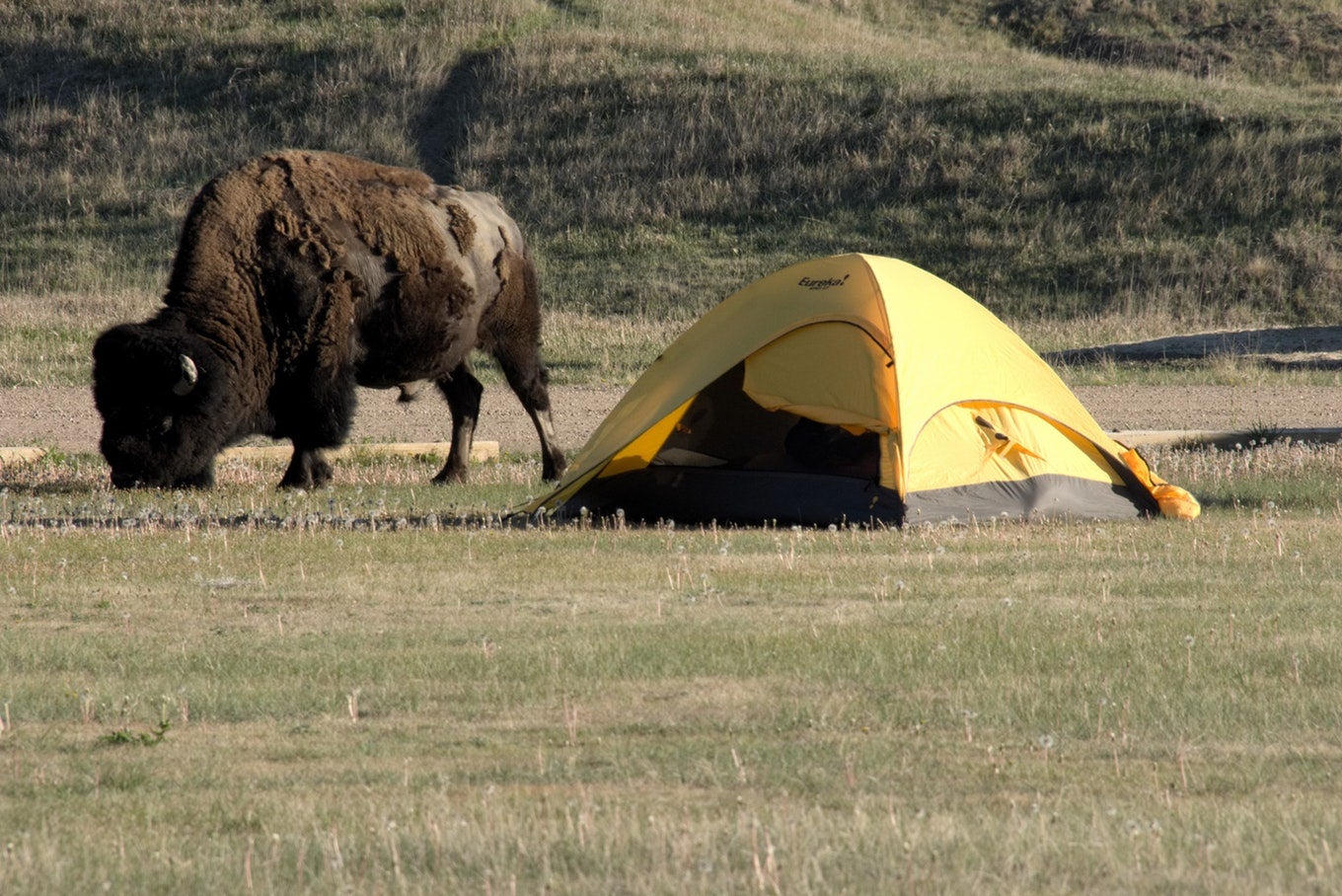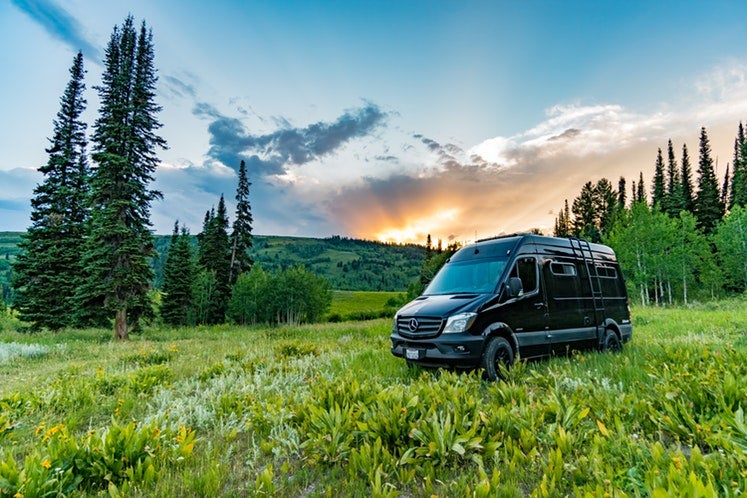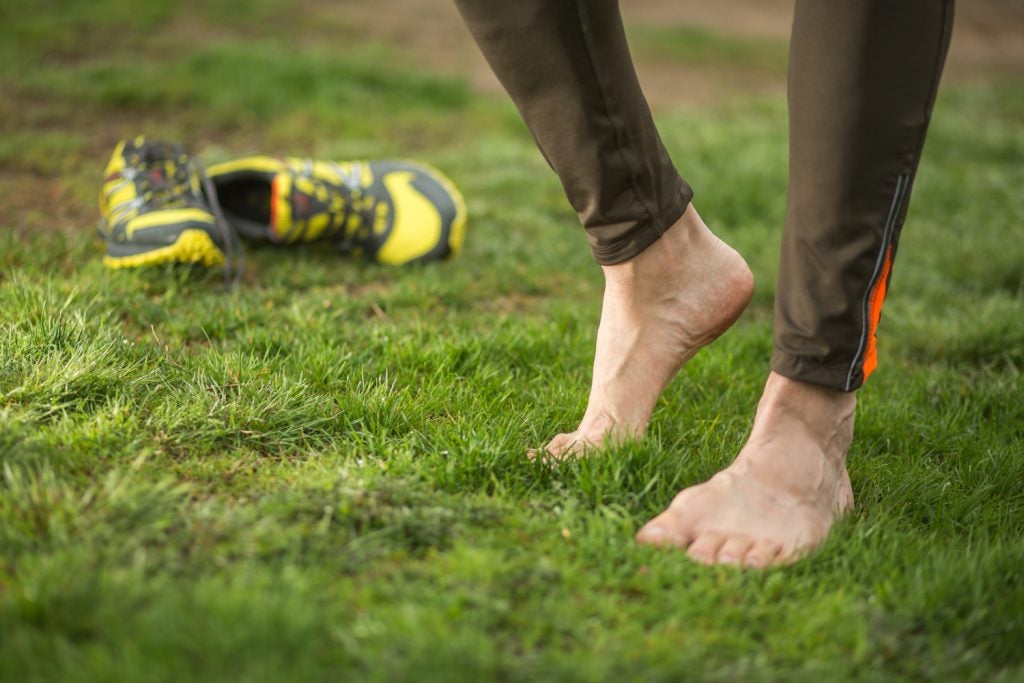Camping in ox territory? Brush up on these bison facts before you go.
While taking in the prairie views of Badlands or Yellowstone, you might be inspired to burst into song. Maybe something that goes like this: Oh give me a home where the buffalo roam—
*record scratch*
Stop right there. If you’re looking at roaming buffalo, you’re probably in South Asia or Africa. In North America, you’ll need to adjust those lyrics to bison, not buffalo.
Bison are the giant, shaggy beasts of the Northern Great Plains, easily distinguished by their shoulder humps and wispy beards, two features that are missing in the buffalo.
They’re striking animals, and you’ll probably be tempted to whip out your camera in places like Sage Creek Campground for a bison selfie. But before you do that, you should probably read this.
12 North American Bison Facts
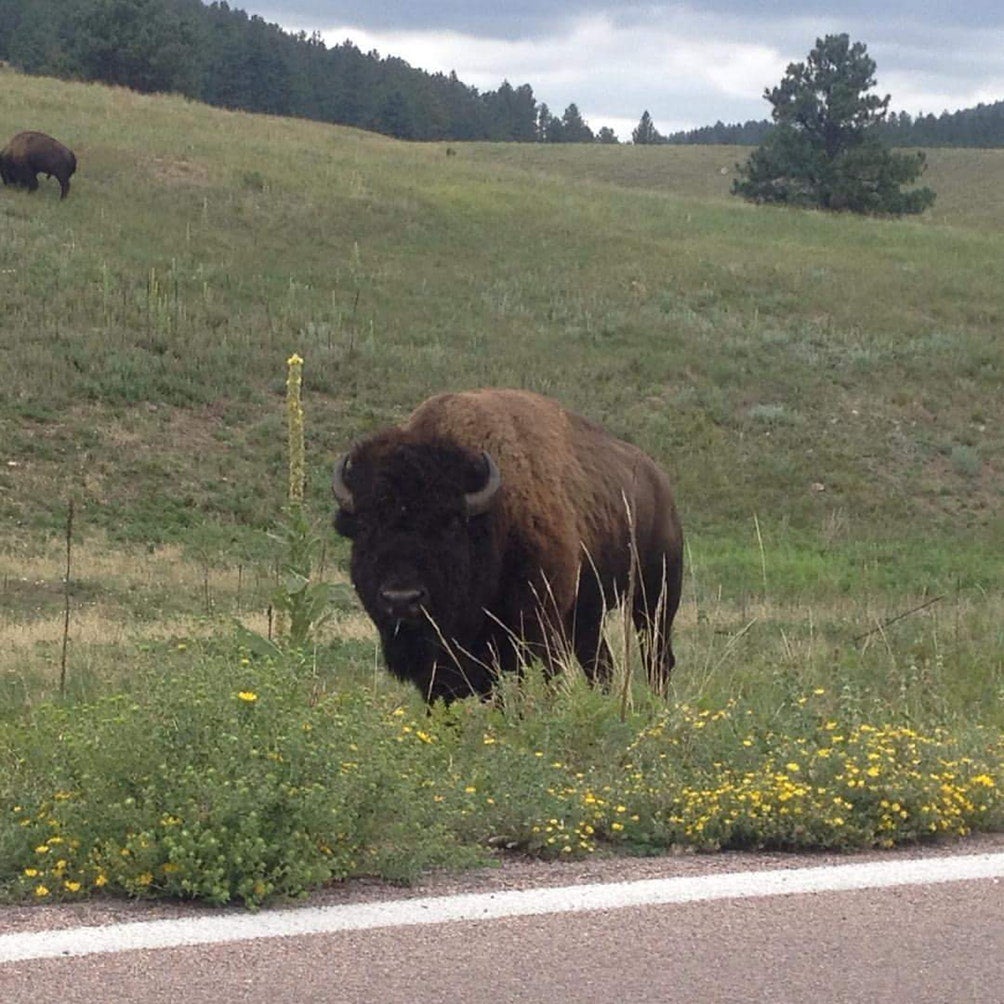
Image from The Dyrt Camper Daniel S.
1. The first Saturday in November is National Bison Day
Don’t miss your chance to celebrate the national mammal of the USA. President Obama made it the country’s official national mammal by signing the National Bison Legacy Act on May 9th, 2016.
2. It’s the largest mammal in North America
The bison stands roughly four to six feet tall and 10 to 12.5 feet long. Its size is just one reason a bison selfie is a bad idea: no photo is worth getting charged by a one- to two-ton mammal.
3. Keep an eye out for red dogs
Baby bison are known as ‘red dogs’ because of their standout red coats and comparatively small size. Baby bison weigh 30 to 70 pounds when they’re born and are distinctive for their lack of humps. As they mature, their coats change color and the hump develops.
4. My humps, my humps, my lovely bison humps
Speaking of bison humps, they are a crucial feature of the bison’s body. Unlike a camel’s hump, which stores fat, the bison’s hump is a mass of muscle. It supports the bison’s head, giving it the strength to plow snow in the winter so it can forage for food.
5. Bison have been around since prehistoric times
Three million years ago, you would have found an estimated 20-30 million bison across North America. They were hunted to near-extinction in the 19th century, but conservation efforts have brought numbers back up to around 500,000, both privately raised and in the wild.
6. Bison longevity is thanks in part to those thick coats
Bison can withstand harsh winters due to their double coat, the outer layer of which is so thick that snow rests on top; their body heat can’t escape enough to melt it.
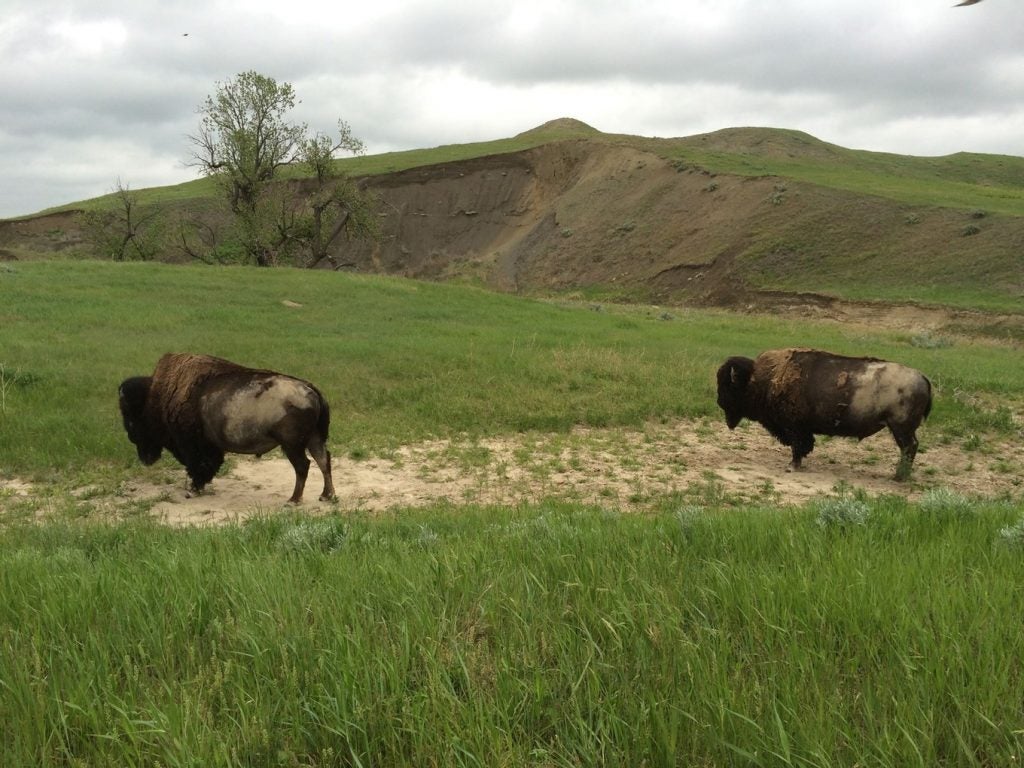
Image from The Dyrt camper Tom S.
7. Yellowstone National Park is home to the country’s only purebred bison
Most bison roaming around are hybrids, with a combination of bison and cattle genes. However, Yellowstone’s almost-5,000-strong bison herd is directly descended from prehistoric bison genes.
8. But beware the Yellowstone bison
Yellowstone’s bears have nothing on the bison, at least according to statistics reported by the AP in 2000. Bison charged people in the park 81 times in 22 years, while bears injured 30 people in the same time frame.
9. The tell’s in the tail
When a bison’s tail is standing straight up in the air, it’s not a party trick—there’s a good chance the bison is getting ready to charge. A relaxed bison’s tail will hang down towards the ground, but that doesn’t mean you should drop your guard, because bison are quicker than you think.
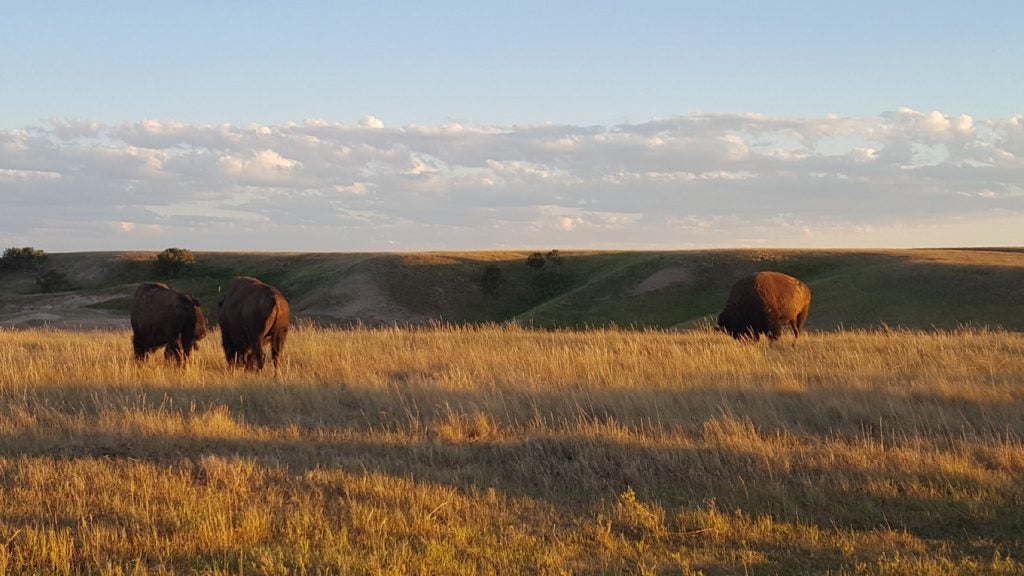
Image from The Dyrt camper Melissa K.
10. Bison are ready for the animal Olympics
A bison can reach speeds of around 35 miles per hour and jump six feet up from a standing position. They’re agile, too: if they sense a threat from behind, they can whip around in seconds. Basically, don’t mess with bison because they will best you every time.
11. Bison are swimmers
Bison can give you a run for your money in the pool, too: they’ve been seen swimming two miles downstream in just 27 minutes.
12. Bison eat less than rabbits
Wait, what?! Yep, despite their four stomachs, bison eat less than rabbits pound for pound. That’s because rabbits have a speedy metabolism while it takes bison 80 hours to digest grass.
So here’s your takeaway from these bison facts: these creatures are awesome, but if you encounter bison in the wild think of your safety first before pulling out your camera.
The Dyrt is the only camping app with all of the public and private campgrounds, RV parks, and free camping locations in the United States. Download now for iOS and Android.Popular Articles:
Articles on The Dyrt Magazine may contain links to affiliate websites. The Dyrt receives an affiliate commission for any purchases made by using such links at no additional cost to you the consumer.

